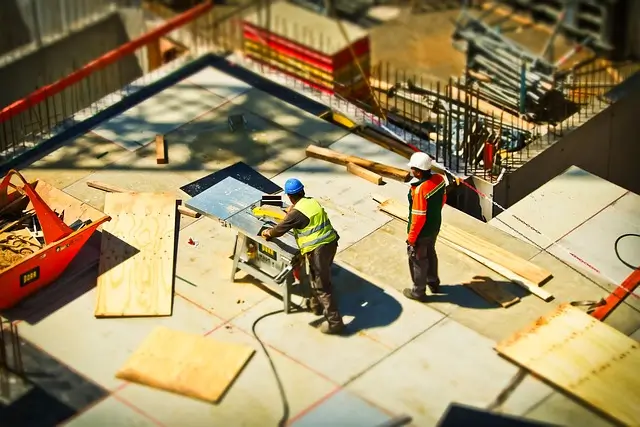A Safe Work Method Statement (SWMS) is a vital document for civil engineering and construction in Australia. It’s similar to a Job hazard Analysis (JHA) in the United States and Canada industries, and the Risk Assessment and Method Statement (RAMS) in the United Kingdom. New civil engineers need to understand these documents and often be required to approve them on a project.
What is an SWMS?
A SWMS is a document that outlines any high-risk construction work (HRCW) being undertaken on a project, the hazards associated with that work, and related control measures. It’s a planning tool that helps supervisors and workers identify potential dangers and establish a clear, safe procedure before work begins.
Key Components of a SWMS:
- Description of the High-Risk Task: A clear and concise description of the work activity.
- Hazards and Associated Risks: Identification of all potential hazards (e.g., falls from height, contact with powerlines) and the risks they pose.
- Control Measures: The specific steps and equipment (e.g., scaffolding, fall arrest harnesses, lockout/tagout procedures) to be used to eliminate or minimize the risks.
- Roles and Responsibilities: A clear assignment of who is responsible for implementing and monitoring each control measure.
- Monitoring and Review: A plan for how the SWMS will be monitored and updated if site conditions change.
When is a SWMS Required?
A SWMS is a legal requirement for any activity classified as High-Risk Construction Work. Examples of HRCW include:
- Working at heights (generally above 2 meters)
- Demolition work
- Excavations deeper than 1.5 meters
- Work in or near a confined space or trench
- Work with powered mobile plant (heavy machinery)
- Work on or near energized electrical installations
- Working with asbestos or other hazardous materials
There are nineteen types of HRCW under regulation in Australia, which are listed here on Safe Work Australia’s website. However, even if a task isn’t officially classified as HRCW, preparing a documented safe work procedure is a best practice that helps prevent incidents and reinforces a proactive safety culture.
The Role of a SWMS on a Project
As a new civil engineer, you’ll likely be involved in reviewing, communicating, and monitoring SWMS documents. It’s your responsibility to ensure that the SWMS is not just a piece of paper, but a living document that is understood and followed by every worker on site. This involves:
- Consultation: Working with the team to develop the SWMS, as the workers doing the job often have the most practical knowledge of potential hazards.
- Communication: Clearly explaining the SWMS to all workers during site inductions and toolbox talks.
- Monitoring: Regularly checking that the control measures outlined in the SWMS are being implemented correctly.
- Updating: Revising the SWMS whenever there is a change in site conditions, equipment, or work procedures.
The Importance of Digital Tools
The process of managing multiple SWMS documents for a large project can be a complex administrative task. This is where modern digital platforms can make a significant difference. Companies like http://safetycheck.co/ provide digital solutions for managing safety documentation, including SWMS. Such platforms can help you:
- Create and customize SWMS templates tailored to specific tasks and sites.
- Store and access documents easily from any location, ensuring they are always available on-site.
- Track compliance and sign-offs digitally, providing a clear audit trail.
- Receive automatic reminders for reviews and updates.
safeycheck.co also offers a number of pre-filled SWMS templates to get things started including concrete pouring, elevated platform work, site clearing and earthmoving, and traffic management. These can be combined into a single SWMS, and must be customized for the specific project.
